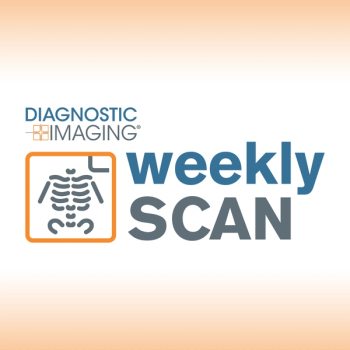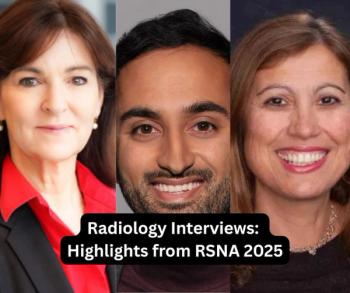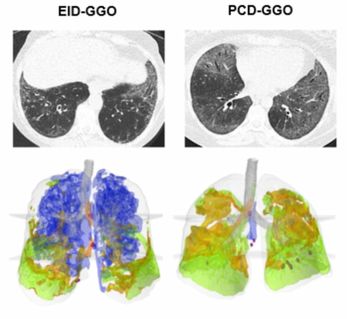
Trixell chief sees rising profits amid falling flat-panel prices
New CEO inherits growing product portfolioExpanding the product portfolio of Trixell, a French-based supplier of x-ray components, and ratcheting down the price of flat panels have emerged as the top priorities of Paul de Groot,
New CEO inherits growing product portfolio
Expanding the product portfolio of Trixell, a French-based supplier of x-ray components, and ratcheting down the price of flat panels have emerged as the top priorities of Paul de Groot, Ph.D., the company's new chief executive.
The high price of hardware for direct digital radiography is generally regarded as a major barrier to the technology's adoption. Trixell is in a good position to reduce costs by increasing production, owing to its two large OEM agreements. De Groot then plans to pass those savings on to the end user.
"Our penetration of the market today has been very successful, but the potential market could be much bigger, in particular for radiography, if the cost of detectors could be reduced significantly," he said. "Getting the volume up is most important to doing so."
Providing a product portfolio that satisfies the diverse needs of Trixell's large shareholding OEMs and its additional customers is de Groot's top priority.
"Of course our two biggest customers by far are Philips and Siemens, but we will also develop the business to sell detectors to many actual Thales customers," he said.
De Groot replaced Gerard Daguise as CEO April 1, 2003. (Daguise will continue as president, a position he has held since the company's formation in 1997.) The new top executive became familiar with Trixell's digital detector business as chief technology officer for Thales Electron Devices, the majority stakeholder in the joint venture whose other partners are Philips and Siemens. De Groot was Thales' CTO for three years prior to joining Trixell. His knowledge of the general radiography market is further bolstered by 15 years' experience in x-ray image intensifiers and CCD cameras with Thales.
Trixell has sold more than 1000 Pixium 4600 flat-panel digital detectors for general radiography since the product's launch in 2001. The Pixium 4800 for cardiology is currently in production. Designed for general vascular applications, the Pixium 4700 will be launched commercially in 2004. Existing manufacturing facilities in France will be extended over the next few years to support expanding production of these flat-panel detectors, de Groot said.
Rising demand for interventional radiology is continuing to expand the market for vascular imaging systems, but only modestly, according to de Groot. He regards general radiography as Trixell's largest market opportunity, because many hospitals and imaging centers are actively seeking an alternative to film-based imaging. The overall market for cardiac cath systems is relatively stable, he said, although increasing demand in the Asian market-and China, in particular-could cause an upsurge in sales of these high-end digital products over the next few years.
Trixell's flat-panel detectors use cesium iodide as a scintillator to produce light flashes, which are recorded by solid-state photodiodes built into the amorphous silicon plate. Competitors that build their detectors around amorphous selenium plates have sought to gain a marketing advantage by noting their direct conversion of x-rays to electrical signals versus the indirect method used by Trixell's core technology.
De Groot acknowledges that the market for digital detectors is highly competitive and competiton will continue to increase as systems evolve and new technologies emerge. But the chief executive has no plans to move away from Trixell's amorphous silicon detector technology.
"Our cesium iodide technology has significant advantages in terms of time response," he said. "This is important for real-time applications, such as those in radiography/fluoroscopy and vascular imaging."
Newsletter
Stay at the forefront of radiology with the Diagnostic Imaging newsletter, delivering the latest news, clinical insights, and imaging advancements for today’s radiologists.




























